This report and the related survey were created and distributed to provide a clearer picture of the methods and overall satisfaction of the way hunters access their hunting grounds. Hunter access is often discussed by hunting organizations and industry leaders as a key to rebuilding hunter numbers. Clearly, access to quality habitat equates to a more enjoyable experience and thus the likelihood of growing the sport and the number of hunters afield should follow. But, is lack of access the reason for declining hunter numbers?
Much has been made over the last few years about the decline in hunter numbers across the United States and the alleged reasons for the decline. Speculations have been made, money spent and considerable efforts are underway to address the perceived problems and take steps to correct them. It stands to reason that if the number of hunters in the U.S. continues to erode, the future of hunting as we know it could be in jeopardy. However, the real threat to our sport’s future will come from emotional, baseless reactions to perceptions that may or may not be accurate.
Before we can begin to understand how hunters feel about their access to habitat, it is imperative that we make a sincere attempt to query them directly. Although access is a hot-button topic, no research or study specifically targeting Hunter Access exists or is readily available online. This report is a compilation of objective questions and answers sent to hunters across the entire country. The opinions of those surveyed are often enlightening, sometimes predictable and convey clear messages about their passion for hunting and an outdoor lifestyle.
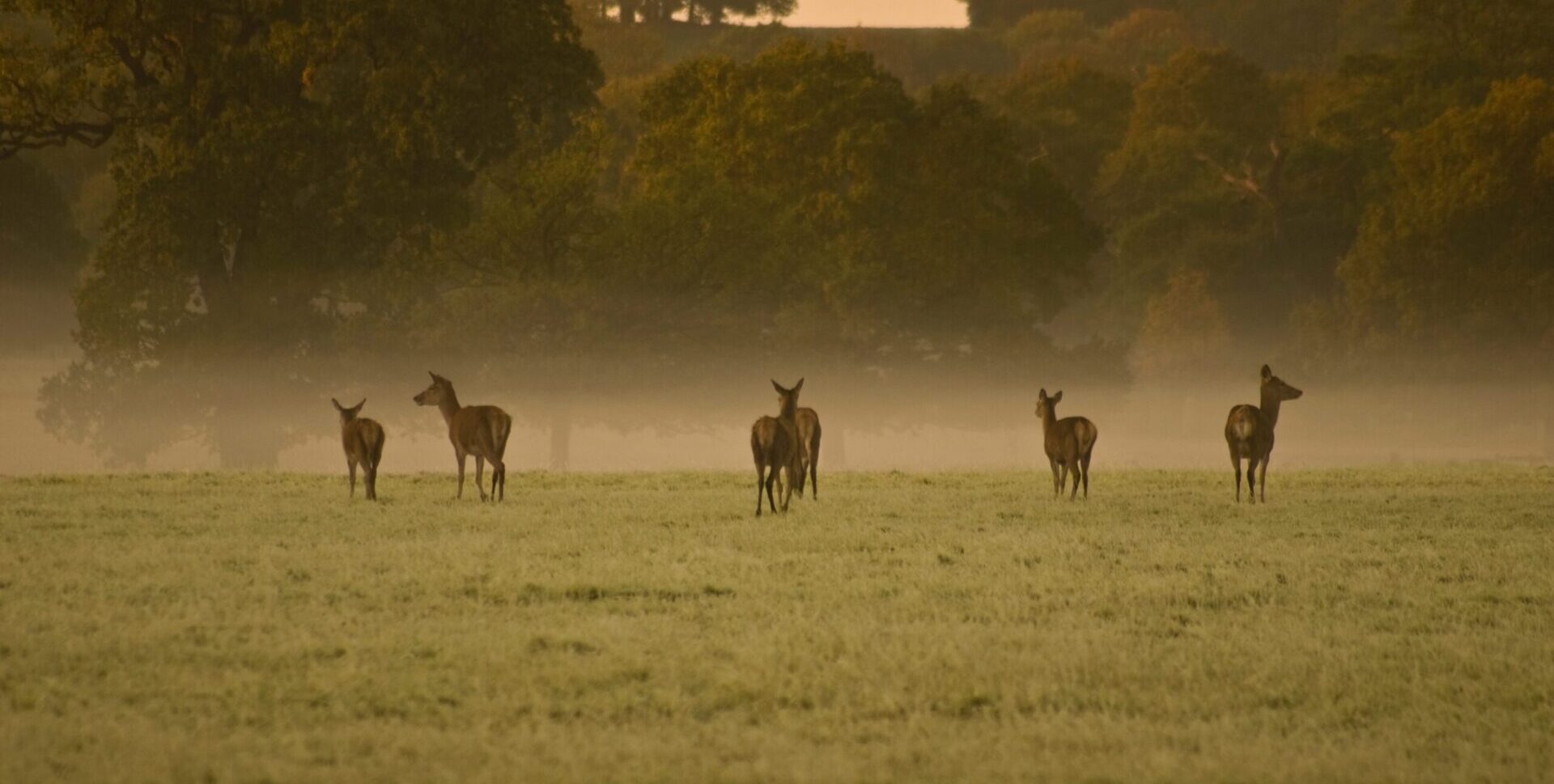
THE USFWS REPORT
The initial report of the decline in hunter numbers appeared in the 2016 National Survey of Fishing, Hunting and Wildlife-Associated Recreation presented by the U.S. Fish and Wildlife Service. The report lists the number of hunters in 2011 at 13.7 million and using the same criteria in 2016 the number had fallen to 11.5 million. In the report, the USFWS itself notes the decline in hunter numbers and expenditures is “not statistically significant”. The USFWS report was created by surveying households using US census data. The survey and report are conducted every five years.
Highlights of the 2016 USFWS report with regard to hunting and hunter access
- Nearly 5% of the U.S. population 16 years and older went hunting in 2016
- 191 million days were spent hunting some species of game
- $25.6 billion was spent on all hunting activities in 2016
- 48% or $12.3 billion was spent on equipment
- 84% of expenditures were for items other than licenses/fees and access
- 1.4 million youth hunters (ages 6-15) hunted in 2016
Observations to consider relative to the highlights above:
- The same USFWS survey conducted in 2011 reported an increase in the total number of hunters over 2006. Therefore, at this time it would be inaccurate to assume any trend in the decline of hunters or hunting. By the USFWS’ own report the declines in both total numbers of hunters and hunter expenditures are “statistically not significant”. When the 2021 report is published a more accurate conclusion can be drawn regarding trends and areas for concern.
- Land leasing and land ownership are surveyed and reported in the same category. This creates an inaccurate picture since leasing hunting access from landowners is typically an alternative to land ownership. The two simply do not belong in the same category. Leasing and all other types of hunting access, excluding land ownership, should be identified and assigned their own category.
- Just over $20 billion (87%) of all expenditures is spent on items unrelated to access. Hunters choose to purchase clothes, accessories, gear, ammunition, travel, lodging and even magazines and DVDs before they spend money to access quality game habitat.
- The survey does not attempt to identify a cause or address corrective measures. It is simply a report of findings based on survey results.
The Role of the AHLA
The American Hunting Lease Association serves to educate and guide landowners and hunters to the benefits of a properly executed hunting lease arrangement. Created in 2010 as a trade association for the hunting lease industry, the AHLA’s influence and reach has grown tremendously. Input from the AHLA is routinely sought on matters involving land stewardship, landowner asset protection and even hunt club bylaws and organization structure.
In its role as an industry leader and it’s overall experience specifically in the area of hunter access, the AHLA was a natural fit to conduct an objective survey. The obvious question is: Can an organization clearly invested in the success of one method of hunter access, be a fair and impartial source for objective information? Although several organizations have the resources to conduct such a survey, none has come forward. The AHLA possesses specific knowledge of hunter access and the contacts and means to survey a wide assortment of hunters from all backgrounds.
The American Hunting Lease Association has built its reputation in the industry on firsthand knowledge of hunting practices, placing the highest priority on responsible land stewardship and unwavering history of integrity. The drive for creating this survey was to obtain a better understanding of hunter access in the U.S., which in turn paints a much clearer picture of the entire industry. Any attempt to marginalize or manipulate the results would be detrimental to the hunting industry, hunters, landowners and the AHLA.
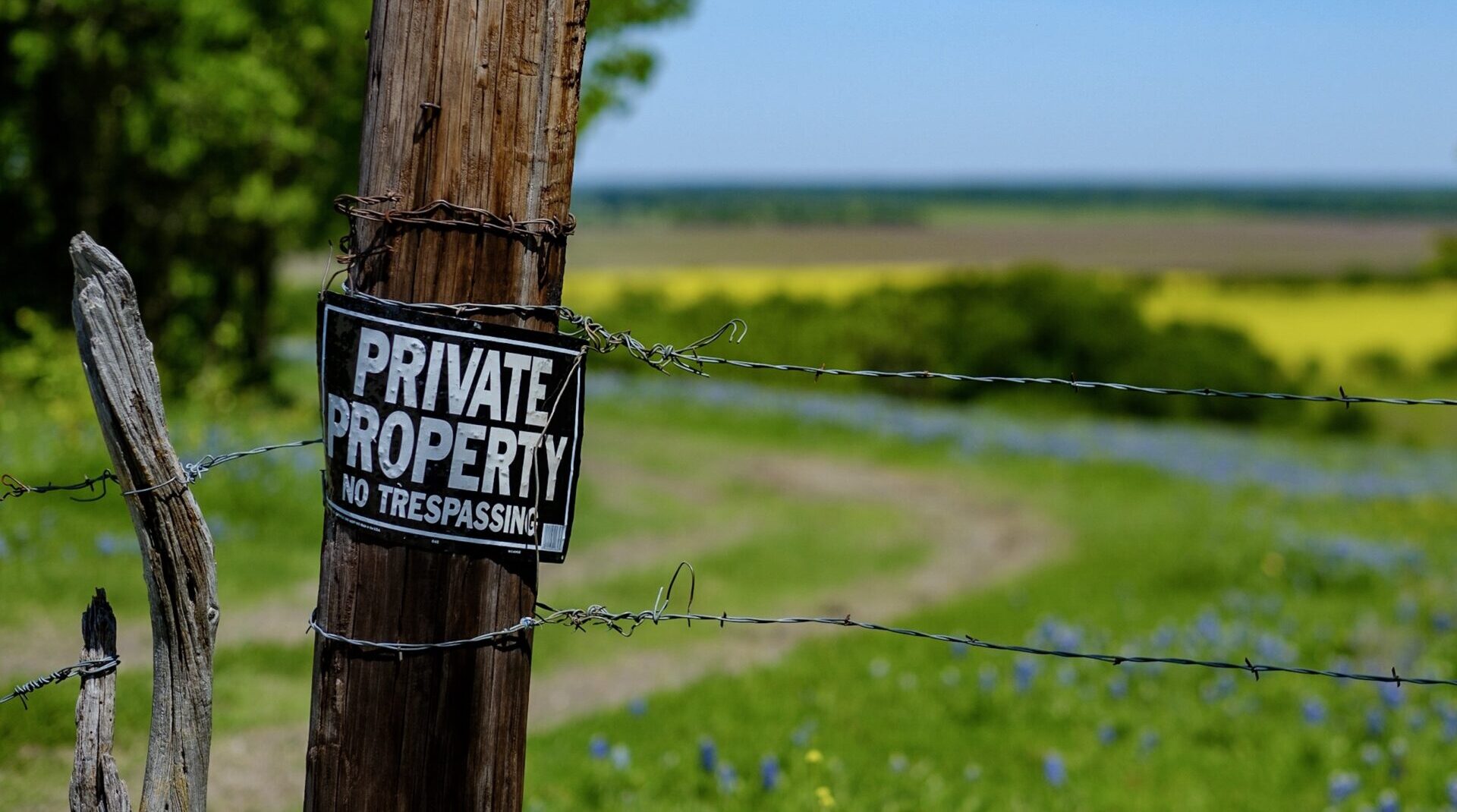
OVERVIEW
The Hunter Access survey was designed to give hunters an avenue to provide feedback specifically on the means and methods they use to gain access to the areas they hunt. The questions were unbiased and non-leading to ensure every participant had the opportunity to answer questions and make comments specific to their hunting access. There was a unique incentive used to encourage recipients to complete and submit the survey in a timely manner.
The AHLA identified four separate non-profit organizations serving the hunting community. The four groups were the Catch-a-Dream Foundation, Ducks Unlimited, the American Hunting Lease Foundation and the Tree Stand Safety Awareness Foundation. Each hunter that received the survey was asked to choose which organization to receive a $1 donation for completing the survey on their behalf.
As a result, the American Hunting Lease Association will make donations in the following amounts. (The donation question was skipped by 350 participants. Totals were rounded up.)

Catch-A-Dream | $1,200
Provides dream hunts for children with life-threatening illnesses
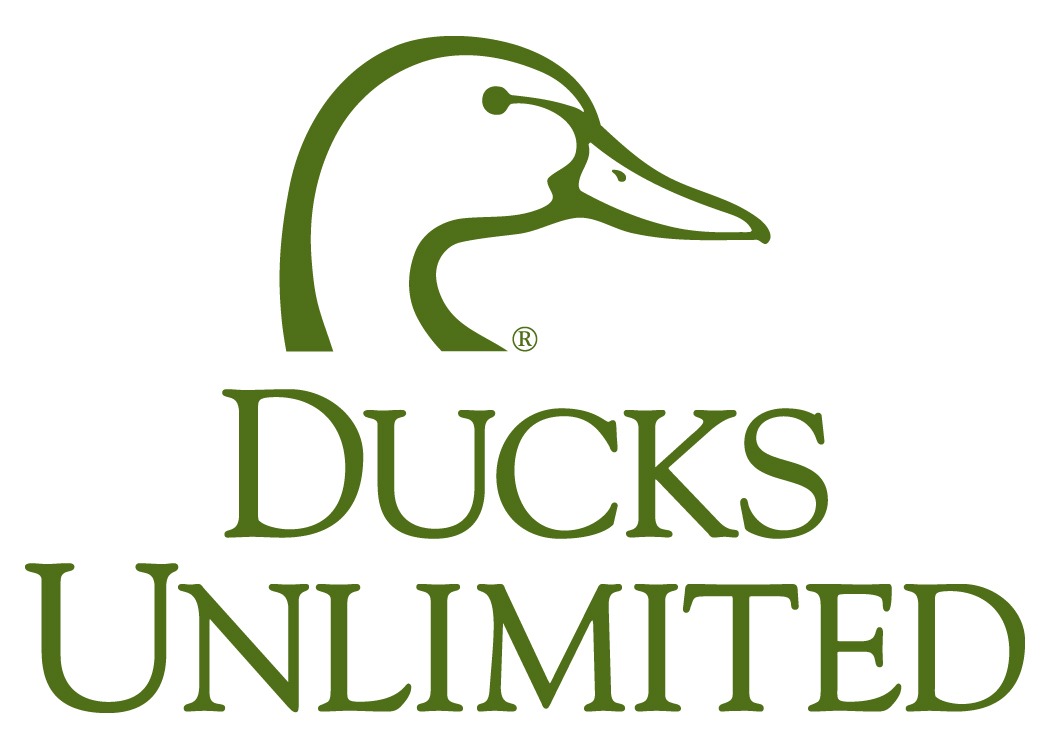
Ducks Unlimited | $275
Supporting waterfowl habitat conservation

American Hunting Lease Foundation | $250
Hunting access for non-profit groups

Tree Stand Safety Awareness Foundation | $200
Promotes tree stand safety
The Survey (Methodology)
Objectives were identified and a list of metrics to be learned was created. Survey questions were then written, evaluated, rewritten and either included in the final survey or deleted for one or more reasons. Using existing contact lists from non-lease related industry partners, social media and AHLA’s own contacts the survey was sent to approximately 90,000 hunters. The AHLA list of contacts includes hunters outside the leasing industry that have no membership or interest in the AHLA or leasing hunting access.
The American Hunting Lease Association has built its reputation in the industry on firsthand knowledge of hunting practices, placing the highest priority on responsible land stewardship and unwavering history of integrity. The drive for creating this survey was to obtain a better understanding of hunter access in the U.S., which in turn paints a much clearer picture of the entire industry. Any attempt to marginalize or manipulate the results would be detrimental to the hunting industry, hunters, landowners and the AHLA.
The survey was completed and submitted by 2201 unique hunters that have stated experience on hunting both public and private ground with and without leased access. Each participant was asked a series of identifying questions to provide a baseline of the demographic representation. In addition, hunters were asked to describe their own reasons for hunting as well as what US region they hunt, the type of game they pursue and how they would best describe their passion for hunting.
Giving every hunter an opportunity to share their thoughts and experiences was of the utmost importance. To that end, each participant was given the choice between five distinct methods of hunter access.
- Public land
- Private land with no landowner compensation (free access with permission)
- Private land with landowner compensation. (hunting lease)
- Landowner (owns the land he/she hunts)
- Guided with a professional guide or outfitter
Once a respondent chose the method for hunting access they used most, they were served a set of questions pertaining to that method specifically. By separating hunters into the access method of their own choosing, the likelihood of insincere answers is greatly reduced. Likewise, the data collected and presented here can be trusted and accepted as legitimate. At the completion of the survey, every participant was given the opportunity to leave text comments on the topic or topics of their choice. n an effort to introduce, distribute and compile the results from the survey in a timely manner, a timeline of 6 weeks from introduction to completion was strictly adhered to.

SURVEY RESULTS
The simplest method to present the results of the Hunter Access survey is to present them in the same order they were asked and answered. The results presented here represent the actual opinions and thoughts of hunters from nearly every state. The results are offered here in an objective format for the reader to draw their own conclusions. At the end of each section, discussion topics are offered based on the information and answers given.
Section 1 – Hunting related demographics and tendencies
This section was included to gauge the hunter’s own description of the priority they place on hunting and their overall passion for the sport. It also provides valuable insight into how hunting access differs from region to region. Section 1 simply lays a foundation for researchers to better understand the participants’ point of view.
A serious passion – 50%
A birthright I will protect – 40%
A leisure hobby – 8%
Just something I do occasionally – 2%
I hunt to enjoy the outdoors and consider it a bonus if I am successful – 76%
I hunt to feed myself and/or my family – 13%
I hunt because I believe I am responsible for the continuation of our sport – 9%
I hunt only for trophy animals – 2%
Whitetail deer – 96%
Turkey, Upland Game – 68%
Small game (rabbit, squirrels) – 53%
Predators – 49%
Waterfowl – 33%
Other (Big Game) – 21%
Southeast (VA, NC, SC, WV, FL, GA, MS, AL, LA, TN, AR) – 55%
Midwest (KY, IN, OH, MI, IL, MO, SD, ND, MN, NE, KS, IA, WI) – 23%
Northeast (NY, PA, DE, MD VT ME, MA, NH, CT, RI) – 12%
Southwest (TX, OK, AZ, NM) – 7%
West (CO, NV, UT, ID, WY, MT, CA, OR, WA) – 2%
Rifle – 53%
Compound bow – 26%
Shotgun – 19%
Traditional bow – 2%
More than 20 years – 84%
11-20 years – 10%
3-10 years – 5%
I no longer hunt – 0.6%
1-2 years – 0.5%
Remained about the same over the last 5 years – 45%
Increased over the last 5 years – 36%
Decreased over the last 5 years – 19%
Discussion
Not surprisingly, 90% of the respondents expressed that they consider hunting to be either a serious passion or even a birthright they will protect. However, what did stand out was that over 76% of the same hunters claim they hunt merely to enjoy the outdoors and consider it a bonus if they are successful. Compared to the relatively small percentage (13%) of hunters that pursue game to feed their families, a conclusion can be drawn that hunters are actually passionate about spending time outdoors and feel successful by simply enjoying their right to pursue game. It is undeniable that whitetail deer hunting drives the hunting industry.
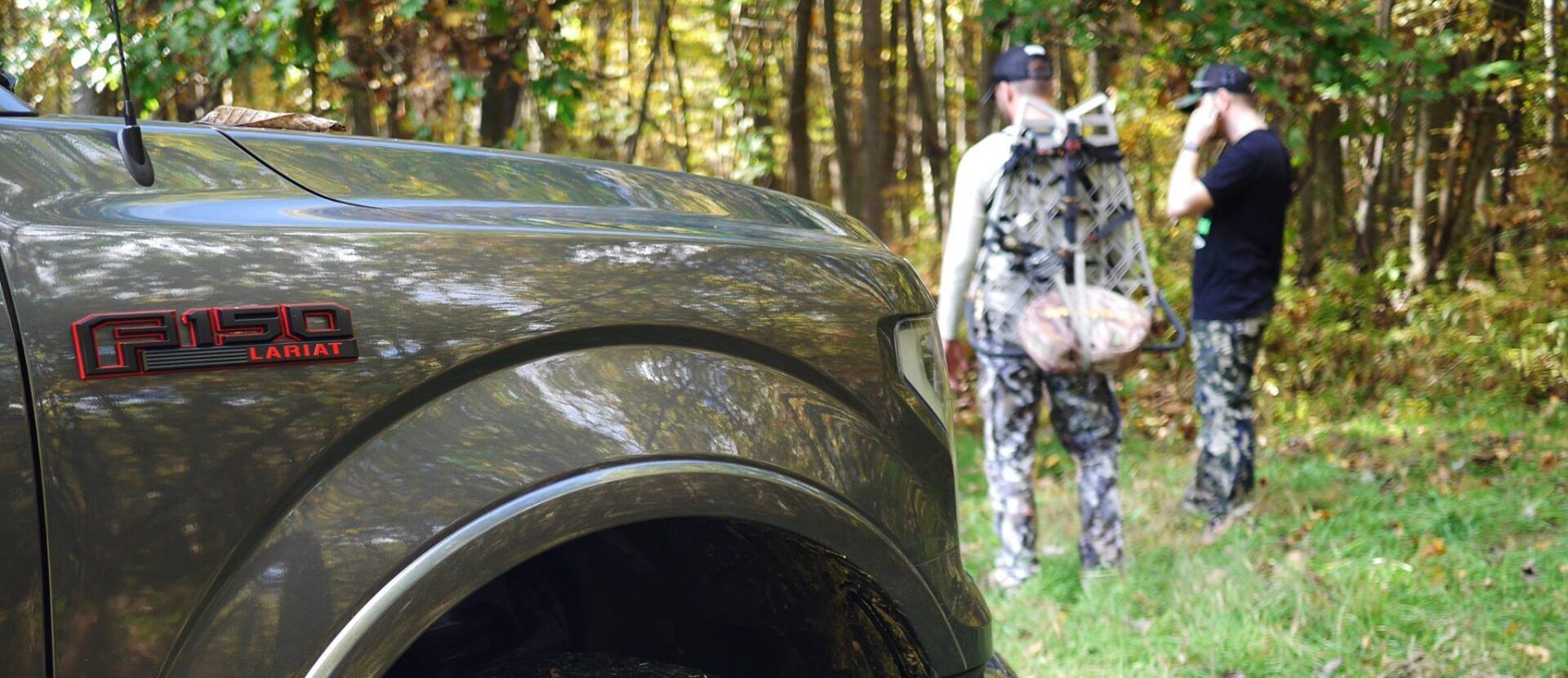
Section 2 – What type of hunting access do you use for most of your hunting activity?
As mentioned above, each participant was given a choice of which of five widely used methods to access hunting land. Each of those choices and the related lines of questions are below.
Private with landowner compensation (hunting lease) – 53%
Private with no landowner compensation (access is free) – 30%
Public land – 14%
I own my own hunting land – 12%
Guided with a professional – 1%
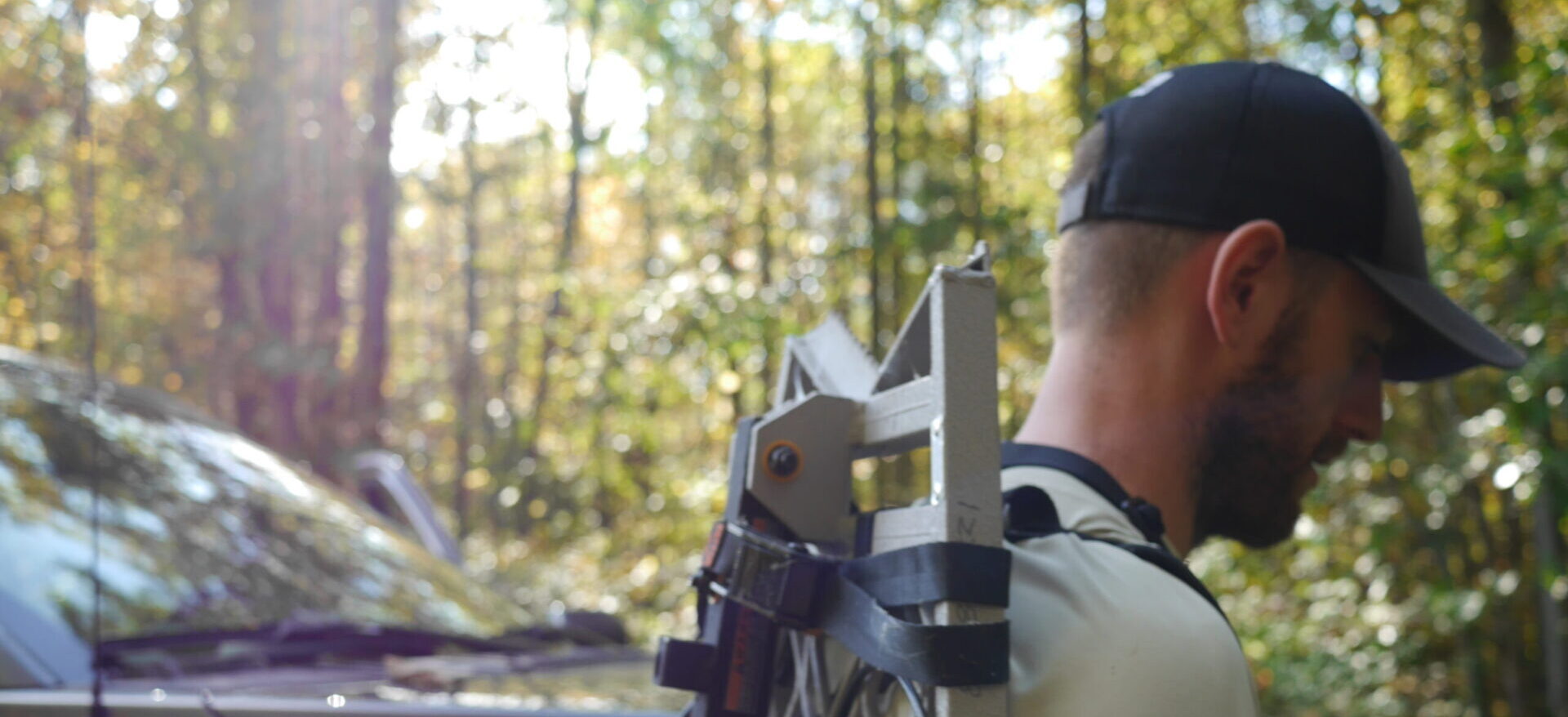
PUBLIC LAND ACCESS
Less than 25 miles – 35%
25-50 miles – 30%
20-100 miles – 19%
More than 100 miles – 16%
I like to hunt different areas – 60%
I have one general area that I hunt – 19%
I will hunt where ever I can – 19%
I no longer hunt because of the pressure placed on public hunting grounds – 1%
I am mostly satisfied, but would prefer something exclusive – 46%
I absolutely love hunting on public ground – 27%
I am mostly dissatisfied, but have no choice – 22%
I am very disappointed and don’t hunt as much as I used to because of it – 1%
I have leased in the past or lease now – 44%
I will definitely consider a hunting lease in the future – 28%
I am undecided – 17%
I will never pay for hunting rights or access – 11%
They are too expensive for average hunters – 57%
They are good for the landowner and the hunter and provide a safe, enjoyable experience – 50%
They are a viable option for reducing urban sprawl and preserving quality habitat – 20%
I am sure they are a good option, but not for me – 8%
They are detrimental to the sport of hunting – 7%
Discussion
According to a published report, there are over 697 million acres of huntable public land in the United States. Admittedly, the western states including Alaska account for over 550 million of those acres. The remaining 38 states, which comprise the majority of hunters represented in this survey, offer nearly 69 million acres for public hunting and recreation. It is easy to see why hunting on public ground is popular and affordable. 65% of the hunters who responded to the survey drive less than 50 miles to their public hunting area and over 73% are at least mostly satisfied with their public hunting experience. In fact, only 1% of hunters surveyed have stopped hunting because of pressure on public hunting grounds.
Even though the majority seemed pleased with hunting on public ground, the same majority claims they do or have leased hunting access in the past or are considering a hunting lease in the future. Public access is an excellent entry into the sport of hunting. Free access to hunting ground is readily available in most states and offers hunters an unlimited resource to hone their skills and educate themselves.
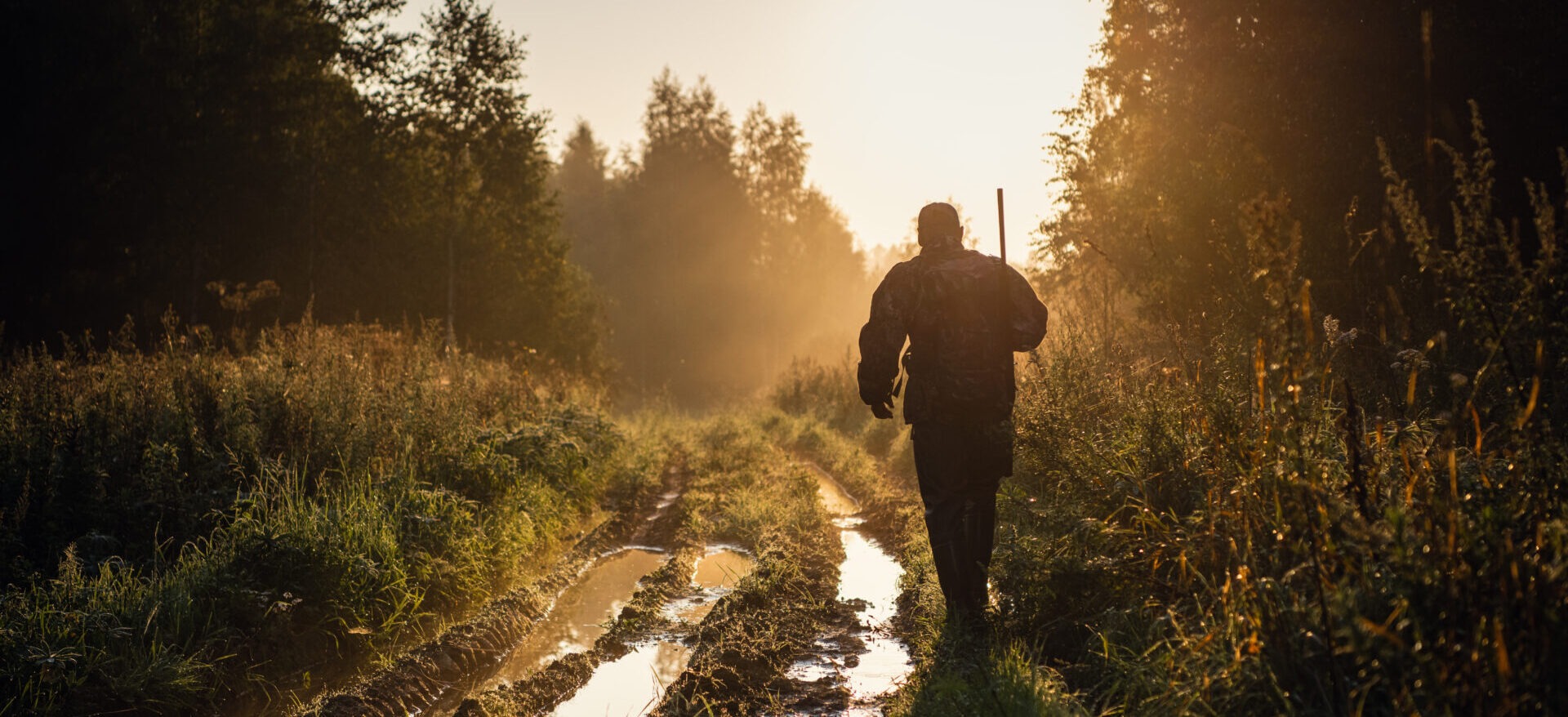
PRIVATE LAND WITH NO LANDOWNER COMPENSATION
(free access with permission)
Yes, I am the only one that hunts it – 58%
No, others have permission as well – 42%
My landowner never mentioned it, so I am not concerned – 41%
I wanted to protect my hunting group and my landowner, so I purchased it – 22%
I have never heard of hunting liability insurance – 19%
My landowner provided it – 18%
I have no idea how or where to buy hunting lease insurance – 0%
I knew the landowner prior to asking for access, permission was easy – 81%
I knew the landowner, but it still took some convincing to gain hunting access – 6%
I do not know the landowner personally, he/she is a friend of a friend that gave me permission – 5%
I did not know the landowner and simply knocked on doors until I found a landowner willing to allow me to hunt – 5%
I have no idea how or where to buy hunting lease insurance – 0%
Excellent (exclusive hunting access, terrific game population, always feel safe) – 46%
Above average (Only a few allowed, good game numbers, rarely feel unsafe) – 39%
Average (occasional good days, a few too many hunters have permission, typically feel safe) – 13%
Poor (too many allowed, sparse game, can be unsafe etc.) – 2%
I am not concerned and will not lease hunting rights – 69%
I am somewhat concerned, but don’t have any options – 19%
I have already lost free access to hunters willing to lease hunting rights – 7%
Poor (too many allowed, sparse game, can be unsafe etc.) – 2%
Discussion
Roughly 27% of the hunters responding to the survey are hunting with and without exclusivity on private land. This group of hunters is hunting on a handshake, with permission from a landowner. Not surprising is the majority of these hunters are very satisfied with their hunting access for free. Placing a priority on quality game numbers and safety, these hunters rated their experience as either excellent or above average. What may be surprising is the lack of concern for the landowner’s or hunter’s legal responsibilities. By their own admission 61% of the hunters (hence landowners as well) have not addressed legal protection in the event of an unfortunate accident or mishap.
Even though hunters accessing recreational ground without paying a fee can be covered by the landowner’s homeowner’s policy, it is not always that simple. Landowners allowing access of any kind to hunters, nature observers, hikers or anyone else assume the risk of their guest’s well-being and safety. This risk can be addressed with a simple, affordable hunting liability policy.
The challenge for landowners allowing free access to hunters has traditionally been accountability. Over time the number of hunters grow through guests bringing guests and giving others permission to hunt. Especially in the case of absentee landowners. This type of arrangement is a privilege for the hunters and should be nurtured and protected.
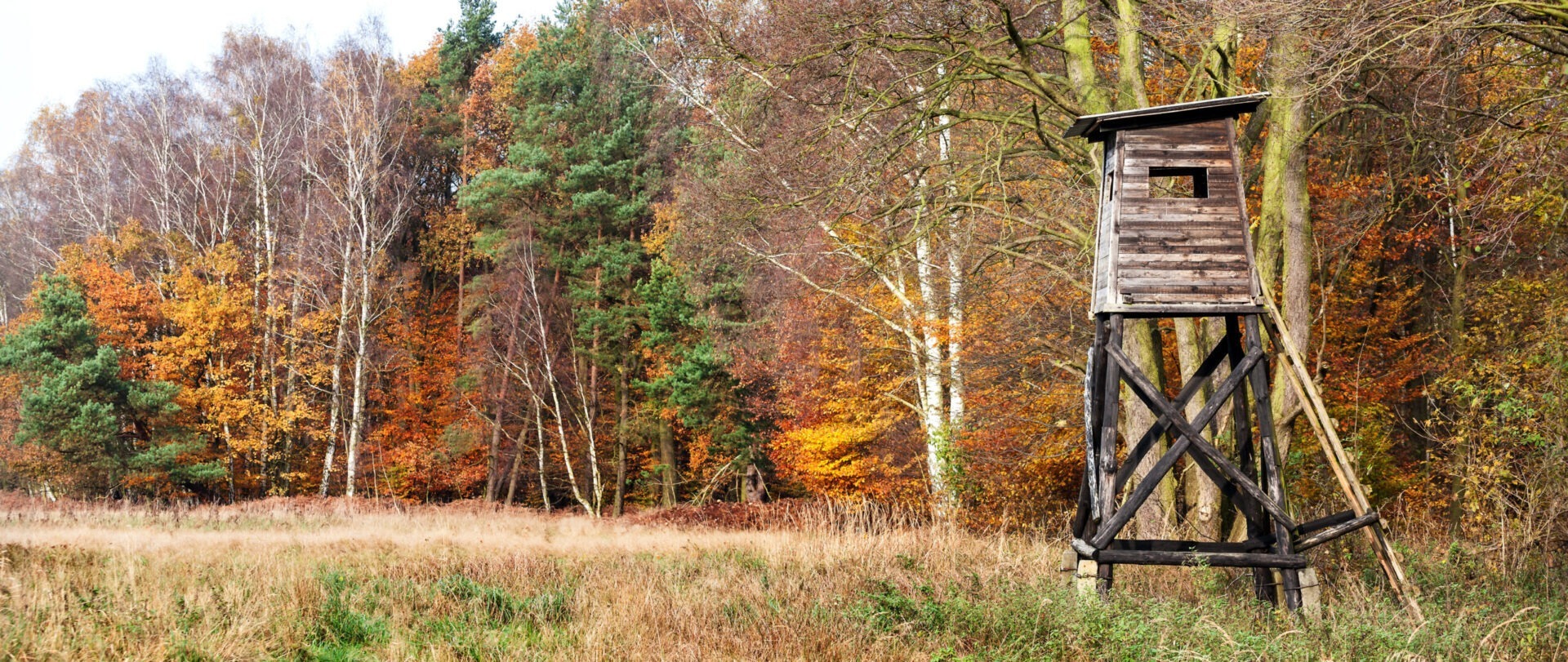
PRIVATE LAND WITH LANDOWNER COMPENSATION
(hunting lease)
10+ years – 62%
5-10 years – 21%
3-4 years – 11%
1-2 years – 6%
Greater than 400 acres – 52%
200 to 400 – 22%
100 to 200 – 16%
Less than 100 acres – 10%
Myself/someone else in my private group – 75%
Large landowner with leasing program (lumber, forester, or real estate companies) – 19%
A professional hunting lease broker – 4%
The state I live in leases ground – 2%
Agree, I have enjoyed my experience and will continue to lease – 52%
Strongly agree. I will always lease hunting rights in the future – 28%
Somewhat agree, current lease isn’t ideal, but I will likely lease again – 18%
Disagree, I will not likely lease hunting access again – 1%
$10 to $20 – 46%
Less than $10 – 39%
$20 to $30 – 8%
More than $40 – 5%
$30 to $40 – 3%
Discussion
Just over half of the hunters surveyed claim to lease access to over 400 acres per year. This is the only answer that seems to be affected by the participation of large hunt clubs in the southeast. However, out of 1,032 hunters answering the question, just under half leasing access to farms and ground totaling less than 400 acres indicates the willingness of smaller acreage landowners to participate in a hunting lease arrangement. The satisfaction of hunters who lease their hunting access is clearly not in doubt. Of the 1,034 that answered question 12, 1,019 are satisfied with their experience and will likely lease again. That is a definitive 98%.
1,032 hunters answered question 3 and revealed that over 75% of access leasing hunters arranged the lease on their own. When considering questions 3 and 4 together, it seems clear that hunters searching for private ground and approaching landowners with an offer of a hunting lease (compensation, contract and insurance), the result is a nearly perfect relationship that benefits both parties.
Regardless of region, it is clear that hunters are predominantly paying less than $20 acres across the country. Whether it was the NE, SE, SW or Midwest each region responded with the majority of each region claiming to pay less than $20. Only in the Midwest did a significant percentage of hunters pay more than $20. 25% of midwestern hunters pay between $20 and $30 for their access. This is attributable to the habitat and the availability of quality whitetail hunting ground.

LANDOWNER
(owns the ground he/she hunts on)
I allow friends to hunt it for free – 43%
I hunt it exclusively (family included) – 40%
I hunt a portion and lease the rest – 10%
I do not allow hunting on my property – 7%
Yes, I do – 41%
I am not concerned that my friends would sue me if they were injured – 34%
My homeowner’s policy covers hunting on my property – 26%
Yes, I take pride in knowing I am improving my property for the wildlife that lives on it – 72%
Yes, but my actions are soley based on making a more productive hunting property – 12%
I would like to improve it, but don’t have the money or time to invest – 12%
I am just not concerned with improving it. Mother Nature has done fine on her own – 4%
Discussion
Although a smaller sampling is represented, there is plenty to gather useful information about hunting access. More hunters that own land allow others (outside of family) to hunt for no compensation than do not allow others to hunt. The idea that most hunters who purchase land for hunting are doing so to the exclusion of everyone else, may not be accurate.
With a combined 84% of landowners taking an active role in improving habitat, stewardship of our resources continues to hold a high priority. A good question for the next survey may be: How many landowners allow, encourage or require the hunters on their property to contribute time or money to improve habitat?

GUIDED WITH A PROFESSIONAL GUIDE OR OUTFITTER
Referred by a friend – 38%
Trade Show – 38%
Google/Internet search – 24%
Magazine or television show – 0%
No – 63%
Yes – 37%
Success rate is increased with a guide or outfitter – 75%
Limited amount of time to spend hunting – 63%
Prefer a well-furnished lodge/quality meals and guided hunts to DIY – 50%
Like to see and experience as much of the country as possible – 38%
Discussion
When asked how they access the “majority” of their hunting ground, 8 hunters answered by selecting “guide or outfitter”. This represents less than 1% and thus statistically not significant.
Section 3 – What can be done by hunters and landowners to protect and grow the sport of hunting in America?
When asked how they access the “majority” of their hunting ground, 8 hunters answered by selecting “guide or outfitter”. This represents less than 1% and thus statistically not significant.
I feel a sincere obligation to ensure the future of hunting by actively participating and mentoring young hunters – 51%
I believe the threat of losing hunting rights is real. I will do whatever I can to make sure hunting survives well into the future – 37%
If my participation in hunting supports the future of the sport, I am pleased but I will not go out of my way – 12%
I feel NO responsibility for the future of hunting – 1%
Culture has shifted away from hunting – 56%
Lack of access to quality habitat – 34%
Weapons, ammo and equipment are too expensive – 5%
Game populations have declined – 5%
It will play a vital role in growing by providing access to a quality habitat – 58%
It will have a negative effect on hunting as we know it – 28%
It will not have much of an affect – 14%
Market Value. They deserve exactly what the market will bring. They have expenses and costs with ownership. They have the right to charge a fee – 46%
Fair compensation. A little sweat equity or a nominal fee is appropriate – 42%
Some compensation. They may own the land, but they don’t own the animals – 12%
Nothing. They are already rich and don’t need my money – 1%
Commit to a hunting lease arrangement with a group of hunters, to generate revenue and avoid selling land – 46%
Allow free hunting access to a few – 27%
Allow no hunting at all – 3%
Allow free hunting access to all – 2%
True – 77%
No – 23%
Overall lack of direction – 65%
Start up costs (weapons, clothing, equipment, etc.) – 22%
Restrictions on game that can be harvested (antler restrictions, bag limits etc.) – 5%
License costs – 4%
Hunter education requirements – 3%
Discussion
The good news is that the vast majority of current hunters feel a sincere obligation to grow and/or protect the sport of hunting. This bodes well for the future but only if those hunters take action. The not-so-good news is that over half of the survey respondents blame an overall shift in culture for the decline in hunting. When the problem is self-inflicted or easily identifiable, the solution can be simple. However, the perception that hunting is declining due to changes in our society is cause for concern. Solutions would have to come from outside the hunting realm and out of the control of hunters, hunting industry leaders and landowners. How can we as hunters address a culture shift away from hunting? A significant percentage of hunters pointed to a lack of access to quality habitat for the decline. That seems to contradict earlier survey results such as hunter’s satisfaction with current access and the number of time hunters spend afield over the last 5 years. Both received high totals of answers to the positive.
Hunters from across the country agree that leasing hunting rights will help grow the sport by providing access to the same quality habitat it preserves. On the other hand, nearly 28% of those surveyed believe leasing will have a negative impact on the future of hunting. Is it possible these hunters believe it will only have a negative impact on their hunting access as the concept grows? Overall, a majority of hunters surveyed believe the hunting lease arrangement is a win for hunters, landowners, the sport of hunting and the wildlife.
The last two questions in Section 3 share an undeniable relation to the other. When asked what the biggest barrier to entry is for the sport, over 65% (1236) chose an overall lack of direction. New hunters, both young and old, simply have no idea of where to start if they have an interest in hunting. However, those same hunters responding to the next question answered overwhelmingly 77% (1475) that they had mentored a new hunter within the last 3 years.
Section 4 – Personal Demographics
Male – 97%
Female – 3%
55 to 64 – 29%
45 to 54 – 28%
65+ – 16%
35 to 44 – 16%
25 to 34 – 7%
18 to 24 – 2%
Under 18 – 1%
$50,000 to $100,000 – 35%
$100,000 to $150,000 – 28%
Greater than $150,000 – 22%
$25,000 to $50,000 – 12%
Under $25,000 – 4%
Married – 55%
Married with children – 28%
Single – 18%
Discussion
A variety of conclusions and assumptions can be drawn from this section. Of course, participation was optional yet a high percentage of those surveyed answered the questions in section 4. A clearly disproportionate number of men participated which isn’t unexpected. However, with such a high percentage (97%) being men, there is little doubt that efforts to recruit women into hunting would have an impact.e last 3 years.
Model Hunter (from results)
If we could create a model hunter from the results of the survey it would be a man over the age of 45, married with a family with a household income near $100k annually. He would describe himself as a serious hunter that enjoys being outdoors and clearly hopes to harvest an animal (whitetail deer). However, he is not a trophy hunter and won’t be defined by his success in the field. Regardless of his hunting access method, he is very likely satisfied with it and will continue to hunt and mentor new hunters as he does.
Hunter Comments
- If we are losing hunters, why is all public land too crowded to have a decent hunt?
- I believe the reason some people do not hunt anymore is due to the rising costs of tags, license, etc.
- Cultural… mainly liberal indoctrination is the reason for the decline in hunters and fisherman. They are changing and have been changing people into believing that it’s wrong and don’t understand the necessity of hunting helps keep the right balance.
- Lease for land going up every year is becoming a deterrent
- I have hunted my entire life on land I was granted permission to hunt. It’s tough to find places but if you are kind, respectful, and persistent you can find a place to hunt. I just moved to MI from NY where I’ve hunted my entire life. With public access near me I may start hunting it as well as searching for private access. Whatever I need to do to be successful yet legal.
- This a good survey
- Hunting with my kids in Gods beautiful creation is the best reward!! I hope my kids can pass this awesome experience down to their kids
- A lot of single parent homes that don’t have the desire or direction to introduce young people into the sport of hunting.
- I try to do my part in guiding young hunters. There is more enjoyment seeing them learn from my guidance and being successful than my own harvest these days.
- I would call myself more of a wildlife caretaker, I love to feed my deer and see them grow, hunting them is just so I can see them in person and the thrill of trying to outsmart an old buck! Seeing a deer in person will never get old to me.
- The only thing that upsets me is the hunting industry seems to be steering away from the tradition of hunting and more worried about the all mighty dollar, for example a $1500 hunting shotgun and or bow is way out of this world!
- Have leased same hunting property for 30+ years. Have more control over property.
- Urban and suburban youth need a significant organized effort with education, exposure, and access to hunting as a sport. Any and all organizations should have this as a core of their mission.
- If hunter participation is going down that’s good for the rest of us hunters. Less people in the woods means more game and more land to hunt without overcrowding.
- Leases are getting too expensive for the middle- income families
- Landowners need to protect their land as they see fit
- A lot of woods are being bulldozed
- I believe that we have lost so many hunters in the past 5 years due to the amount of people that can’t afford to lease property from landowners. I also believe it would be outstanding if landowners would be more willing to give hunters the opportunity to hunt their land for the sake of animal conservation and population control. There are way too many landowners now days that will not let people hunt their properties which is sad and it hurts our sport plus keeps our younger generation of hunters which is the future of our sport out of the great outdoors.
Summary
The purpose for conducting this survey was to obtain objective and unbiased feedback regarding the methods hunters used to access the ground they hunt. Hunters and landowners from across the U.S. responded to the survey with a sincere belief and hope that their information would be used to positively shape the future of hunting for everyone. The future of hunting will always be challenged by one or more various changes in our society. As participants in the hunting lifestyle, we must be vigilante in seeking out truthful information based on the collective opinions of those that participate. In addition, science and innovation should be used to make decisions that drive responsible stewardship of our natural resources and that allow all Americans to enjoy the sport of hunting. A separate commentary document is available as an addendum to this report. The commentary document is a subjective opinion of the survey results and the underlying challenges facing hunting in the United States. The commentary has been kept separate from this report to clearly separate objective efforts to provide information and the subjective position of the author.

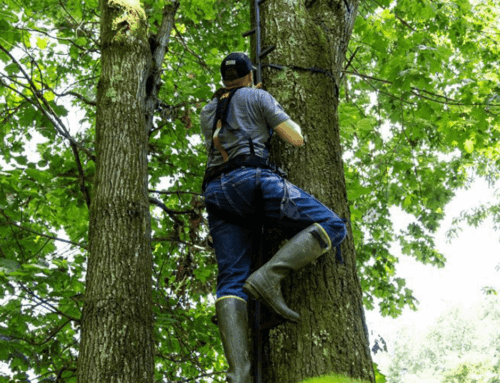

Leave A Comment